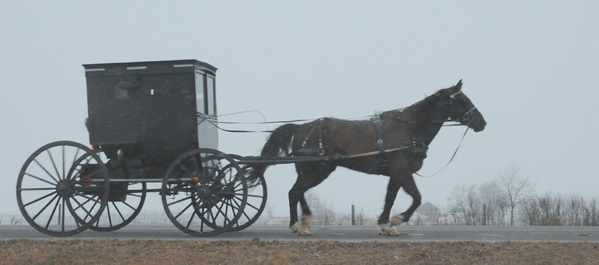
Buggies abound in Shipshewana.
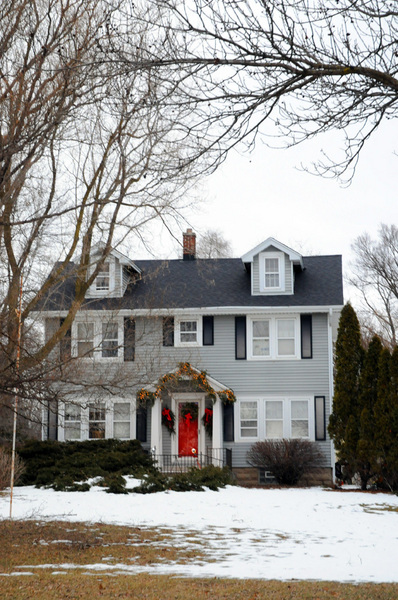
Personally, I was glad the decorations were still up.
I had a whirlwind weekend. The first stop was with Yoder's Fabric Department Store in the Amish village of Shipshewana, Indiana where Andre Yoder put together a fantastic program at a very cool performance theater. I was able to sample some fantastic food - you can imagine! Being a camera lover, I was able to find time to get out and about to take a few photos - more like a few hundred!
Then it was off to Elm Grove, Wisconsin, a suburb of Milwaukee, where I visited Bigby's Sewing Center. Rosemary, the owner, went all out by setting up a store, letting folks test drive Berninas, having fresh flowers on the tables and providing lunch for each participant. The students were lively and we had a lot of fun.
Thanks to everyone who help to organize these events and to all who attended! Instead of showing you photos of the classes, I decided to show you the sites I saw. Are you city folk or country folk?




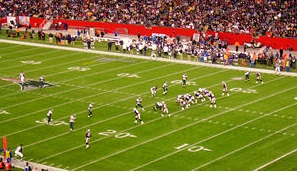
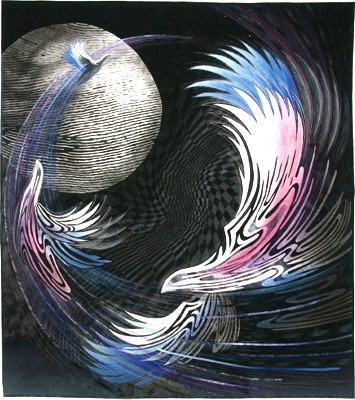
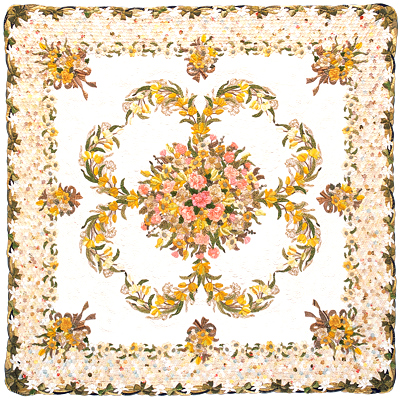


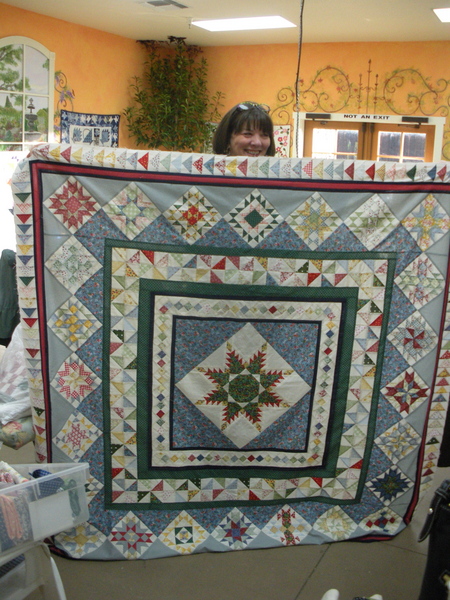
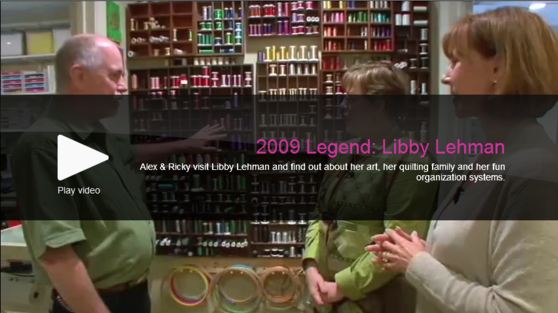


.jpg)


